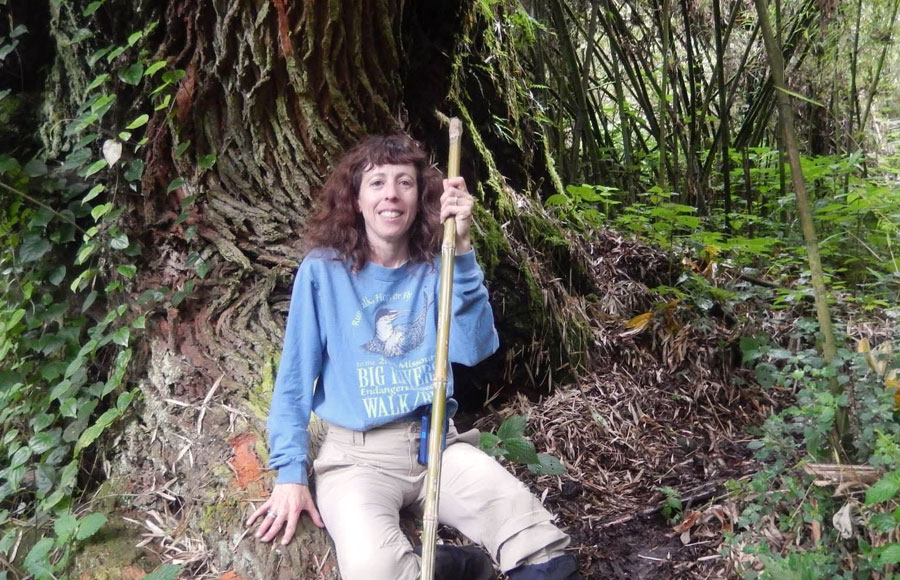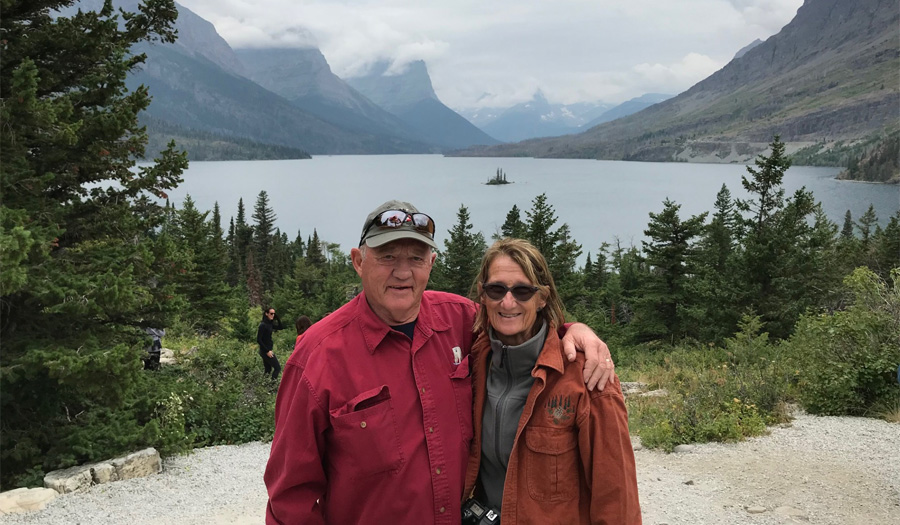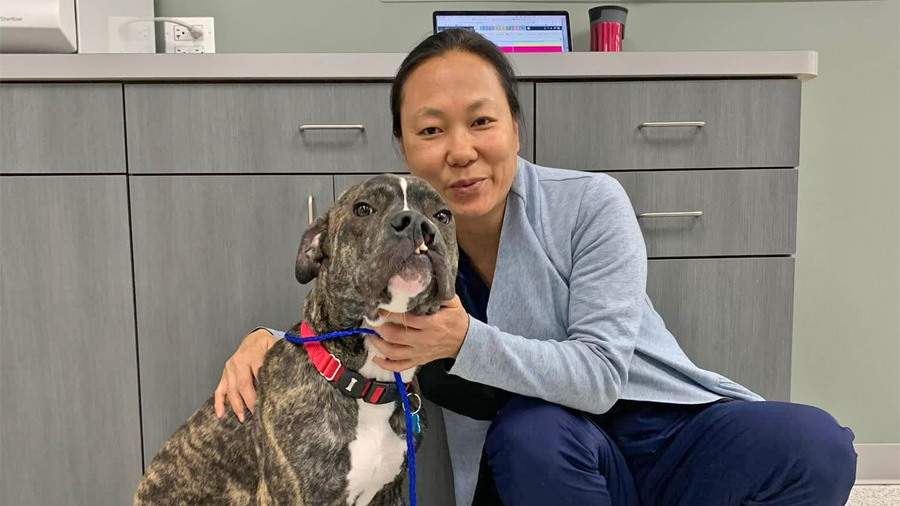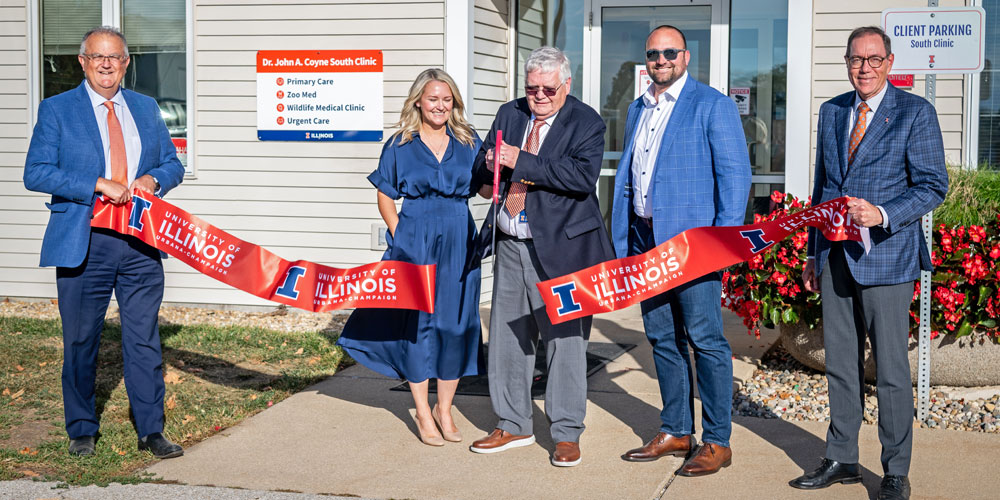By Cheryl S. Rosenfeld, DVM, PhD
From veterinary school onward, we are trained to match pictures—whether they be of gross anatomical specimens, histopathological images, or radiographic images—to their normal structure or disease process as depicted in textbooks or atlases. Our deep understanding and commitment to animal health make us the best advocates for animals in general.
I started traveling to the far reaches of the earth and would come back with pictures of plants, birds, and wildlife. When I tried to match my pictures to sketchings or images in guidebooks, always a few of the birds or plants had no obvious matches. I also found in my travels that I could not identify the vocalists serenading me with their melodious tunes.
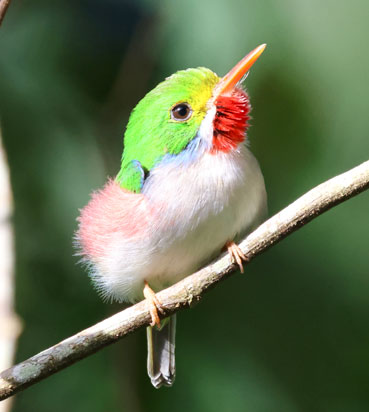
All of that has changed with the advent of artificial intelligence (AI) technology.
Veterinarians are increasingly employing AI technology to aid in interpretation of radiographs, cytologies, and biopsies. The same deep learning and pattern recognition approaches have been developed for characterizing a whole host of species. At first, the methods were based on picture analysis, but within the past few years Cornell Lab of Ornithology broadened the approach to identify birds based on song and calls.
More Birds of the World
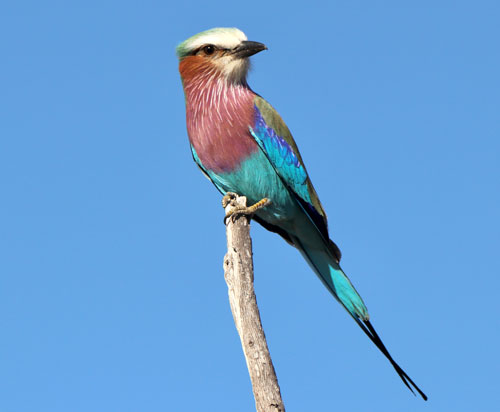
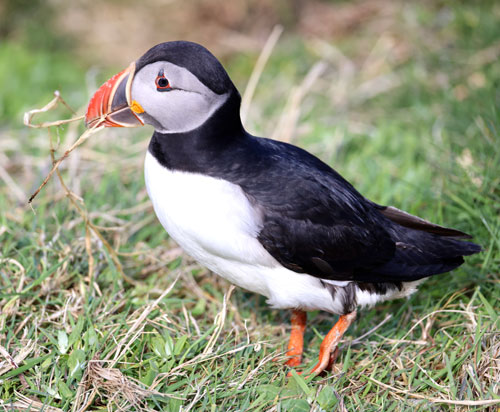
There are three phone apps I highly recommend to everyone interested in the natural world: Merlin, eBird, and iNaturalist. Crucially, all the apps discussed below are free for Androids and iPhones.
Three Free Apps
First, we will consider Merlin, from Cornell Lab, which has been credited with bringing out the birder in those who before may have only been able to identify a northern cardinal or American robin. The sound function records all the birds heard. The recording’s spectrogram is displayed, and below it are images of each bird heard on the recording. The second feature of the Merlin app is the ability to identify birds from a picture.
The app for keeping track of birds seen, learning about birds observed in select areas, and understanding bird populations and possible conservation measures is eBird, also developed by Cornell Lab. It can be thought of as the Instagram, Facebook, and Tinder for birders, all combined in one highly addictive site.
Through the eBird app, one can enter birds seen. On the associated website, a plethora of further opportunities await. The explore function allows one to see birds, including those considered rare for an area, other users are seeing and where to find them. The other primary feature of the website is the ability to add pictures, recordings, and video to an individual checklist. This function is especially useful if an individual seeks confirmation when reporting a rare species.
Animals Photographed Near Dr. Rosenfeld’s Home
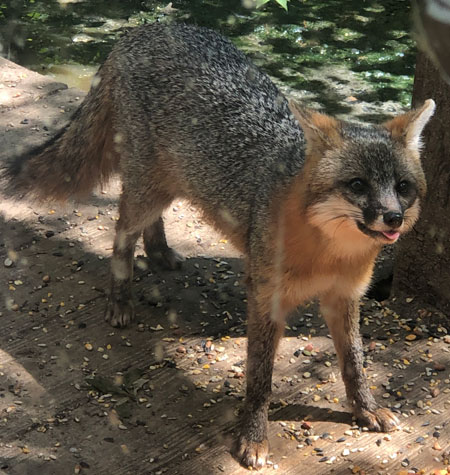
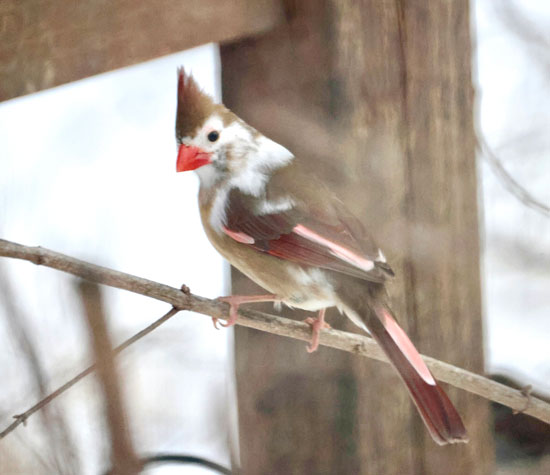
The major gap of Merlin and eBird is how to identify and characterize non-bird species. This void was filled with the creation of iNaturalist. Because of dedicated naturalists across the world, this program is gaining the ability to identify most living organisms on planet Earth. For those species where it cannot pinpoint the Linnaean classification, the iNaturalist community will step up to help identify the mystery organism.
Using Apps to Aid Global Conservation
These apps have reminded me what it is like to be a child filled with curiosity and discovering the natural world for the very first time. With every new species observed, I feel increasingly connected to the naturalists of long ago: William Bartram for plants, John James Audubon for birds, and Charles Darwin for a variety of bird and other species.
In 2001, I purchased three wooded acres in Boone County, Missouri, where I started to enrich my knowledge of birds and plants. My land backs up to additional wooded acres and a lake. In the spring of 2022, I awoke one day horrified to find this land was up for auction. Thankfully, I won the auction, and in the process have expanded to thirty wooded acreage and part of the lake where trumpeter swans reside in the wintertime.
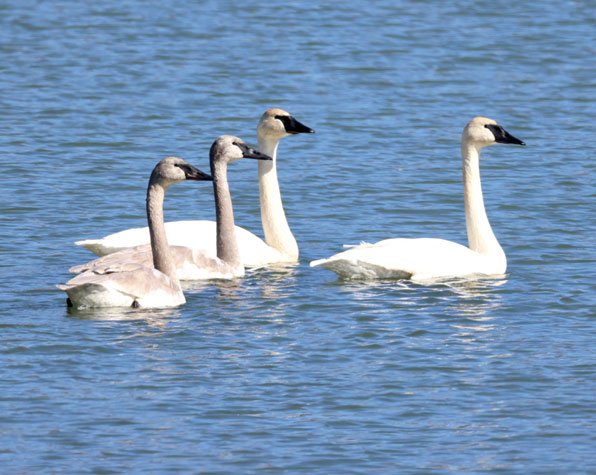
My photos have been used to educate others on birds seen at one of the hotspots for birding in Columbia, Missouri, Eagle Bluffs Conservation Area. My bird photos were also featured last year in a local magazine article on birding. I also found it humorous that my photo of a Cuban trogon was used on social media to link a Tour de France cyclist to what species their cycling outfit resembled.
Together, we can do even more to honor our Veterinarian’s Oath and prevent animal suffering by using these apps to contribute to global conservation measures. The fate of animals and the natural world is literally in our hands perpetually clutching an iPhone or Android.
Editor’s Note
Dr. Cheryl Rosenfeld earned her undergraduate and veterinary degree (Class of 1995) from the University of Illinois Urbana-Champaign. She earned a Ph.D. from the University of Missouri in 2000, later taking a faculty position at the College of Veterinary Medicine at Missouri and becoming a full professor in 2017. In 2021 she was inducted as a Fellow in the American Association for the Advancement of Science in the field of Medical Science, recognized for her research on reproductive biology and endocrine disruption, investigating the way developmental exposure to substances affects humans and animals.
Her eBird and iNaturalist profiles are:
- https://media.ebird.org/catalog?birdOnly=true&userId=USER1404430&mediaType=photo
- https://www.inaturalist.org/observations?place_id=any&user_id=cheryl_rosenfeld&verifiable=any
In the photo at the top of the page, Dr. Rosenfeld is on a gorilla trek in Rwanda. All the other photos are ones she took herself.

